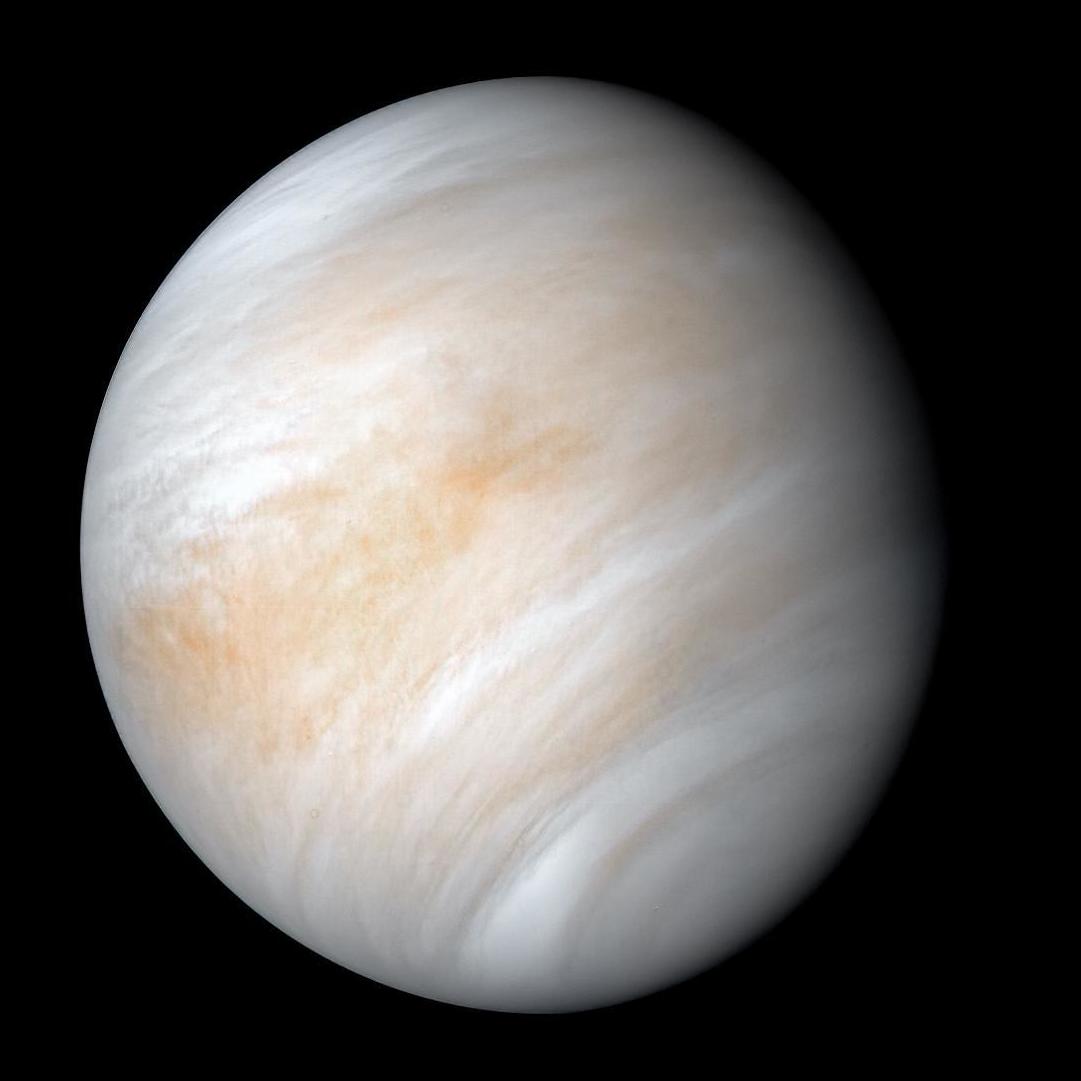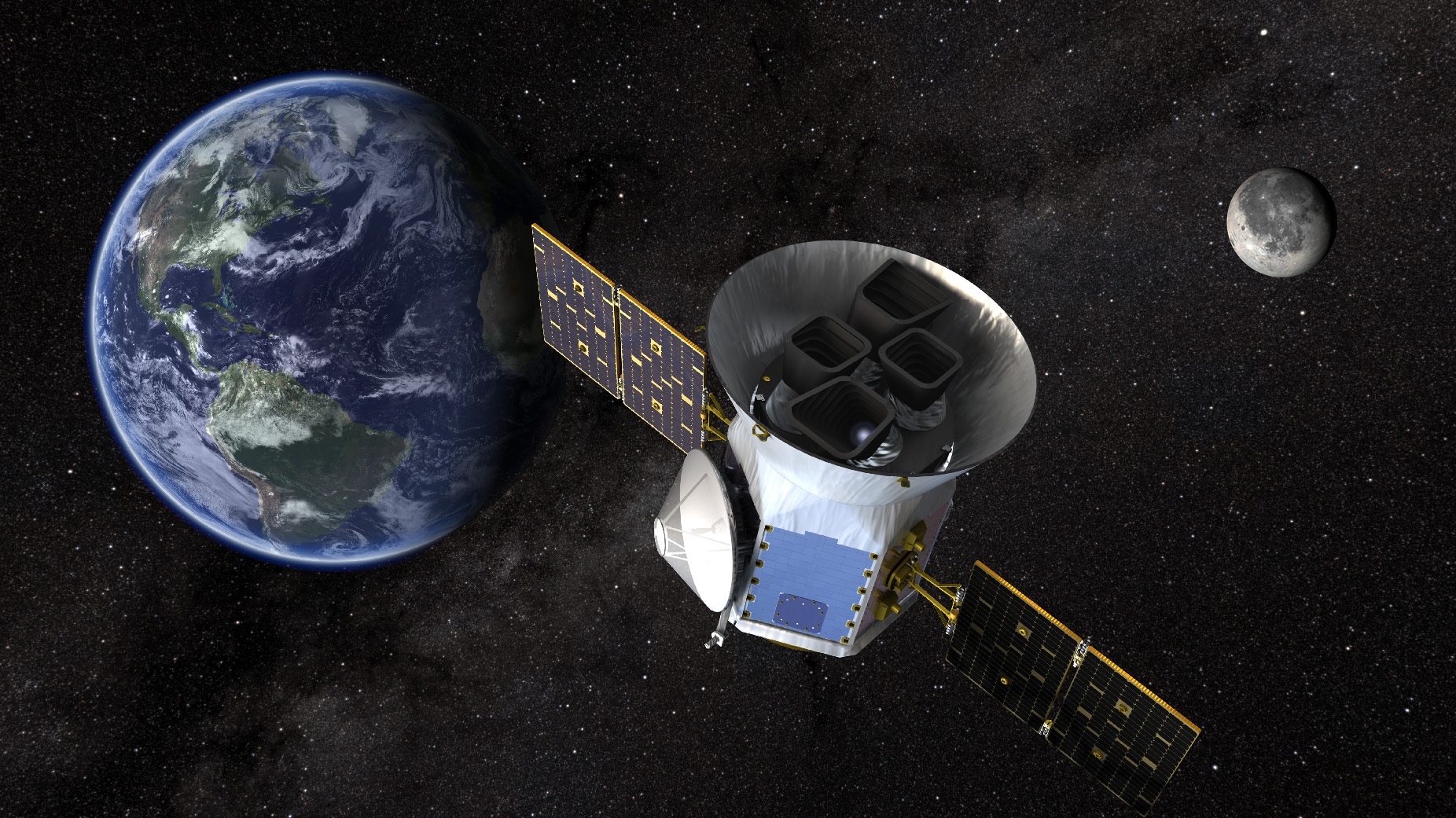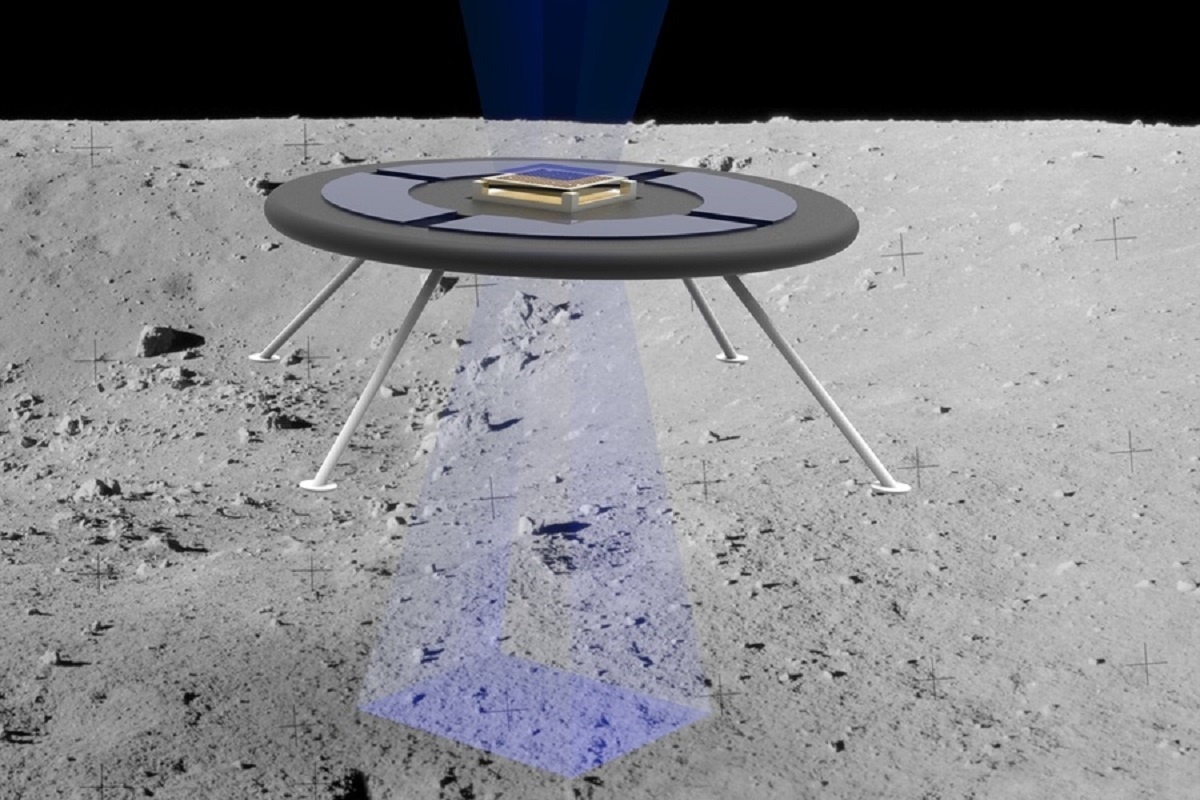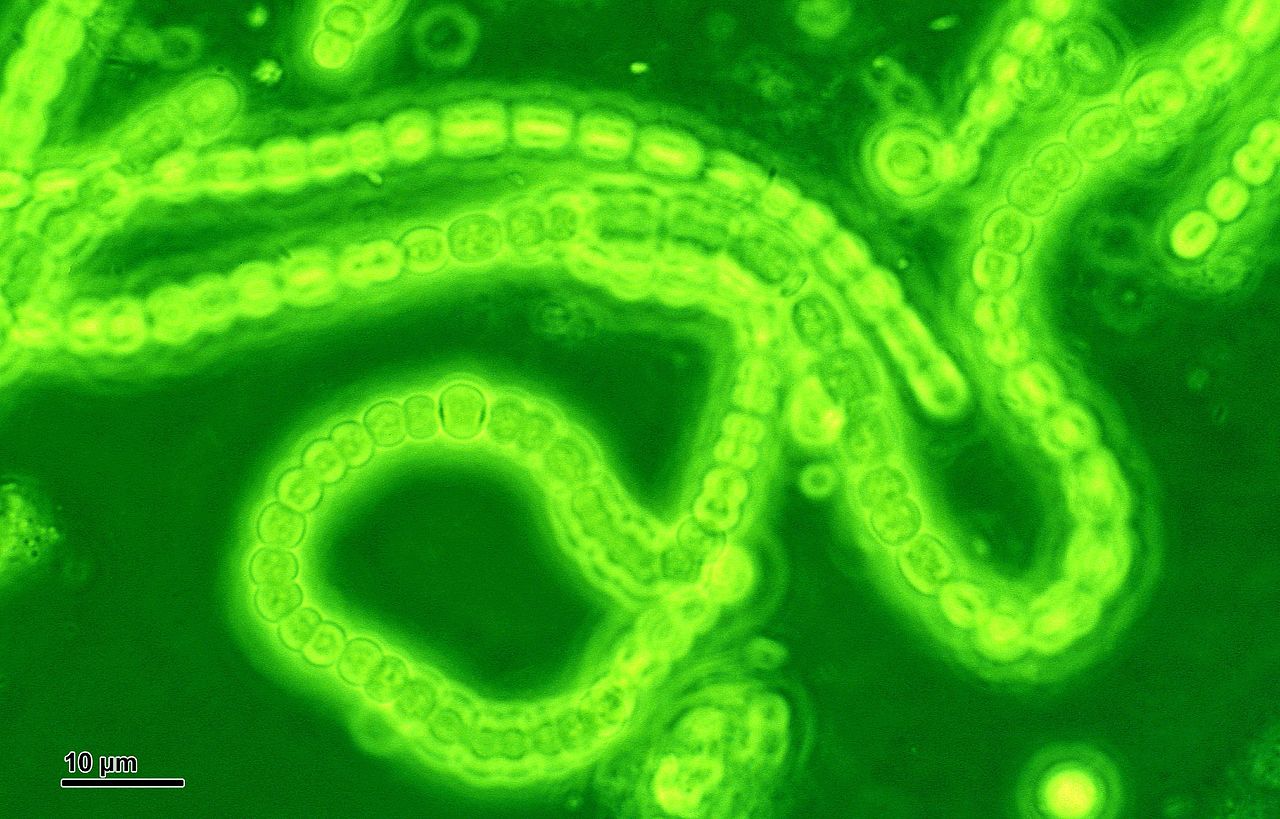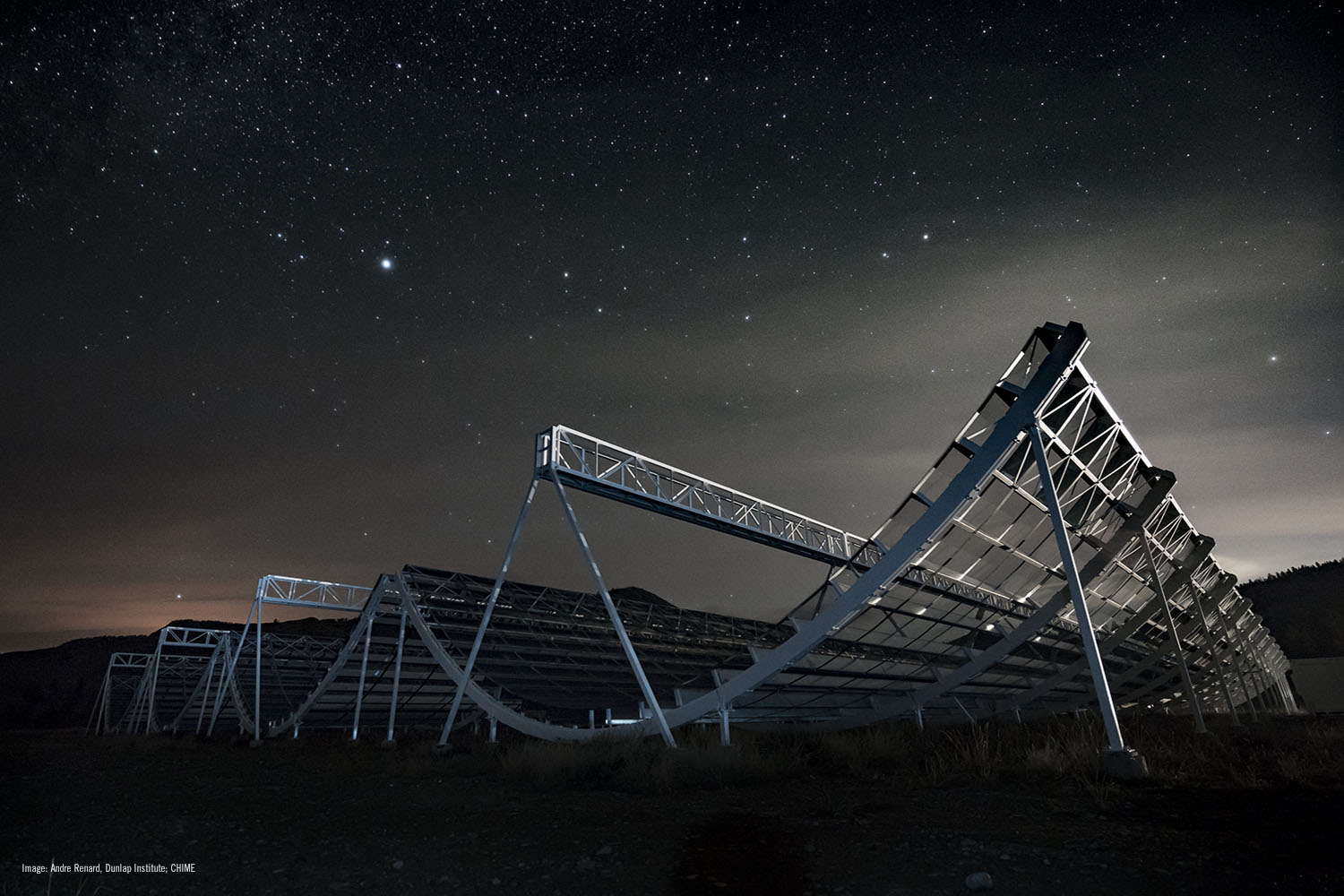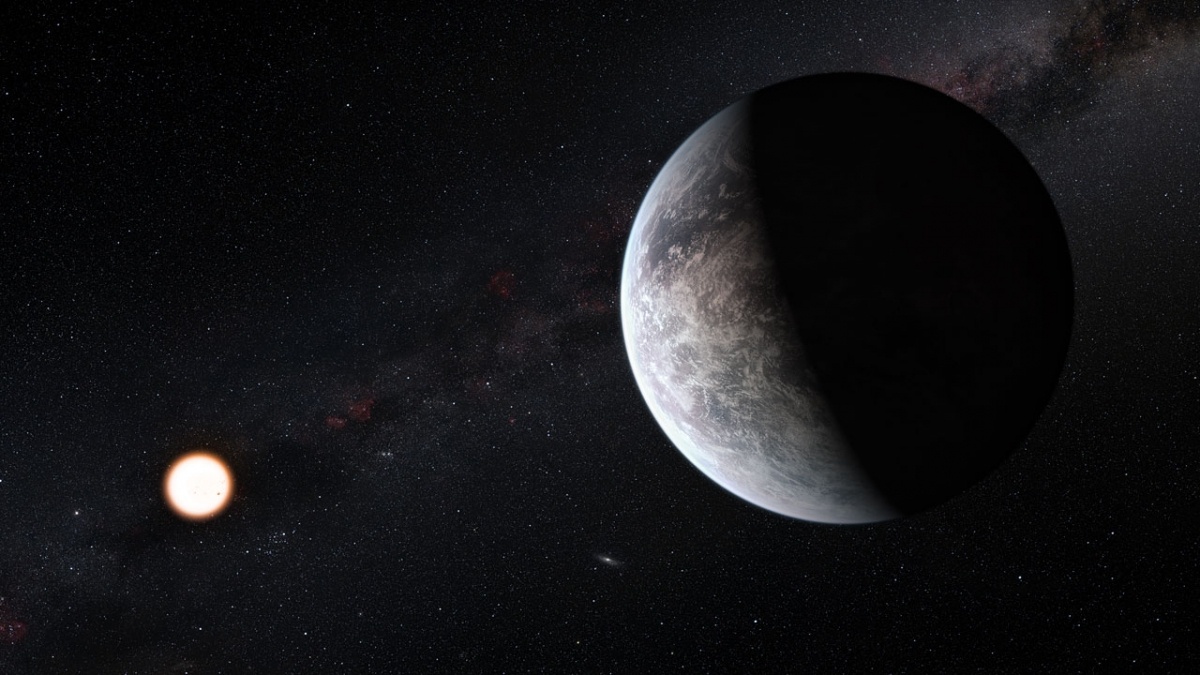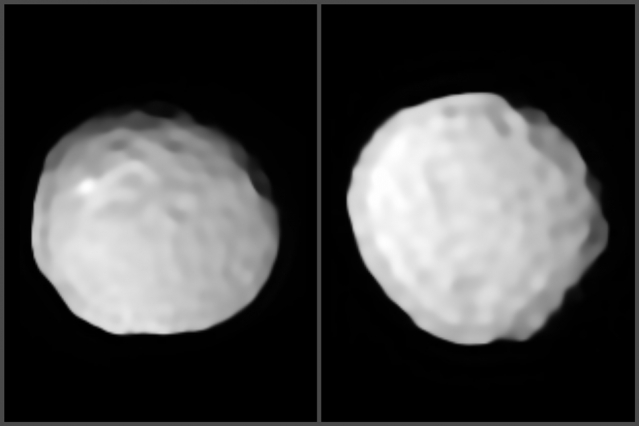The surface of Venus is like a scene from Dante’s Inferno – “Abandon all hope, ye who enter here!” and so forth. The temperature is hot enough to melt lead, the air pressure is almost one hundred times that of Earth’s at sea level, and there are clouds of sulfuric acid rain to boot! But roughly 48 to 60 km (30 to 37.3 mi) above the surface, the temperatures are much cooler, and the air pressure is roughly equal to Earth’s at sea level. As such, scientists have speculated that life could exist above the cloud deck (possibly in the form of microbes) as it does on Earth.
Unfortunately, these clouds are not composed of water but of concentrated sulfuric acid, making the likelihood that life could survive among them doubtful. However, a new study led by scientists from the Massachusetts Institute of Technology (MIT) reveals that the basic building blocks of life (nucleic acid bases) are stable in concentrated sulfuric acid. These findings indicate that Venus’ atmosphere could support the complex chemistry needed for life to survive, which could have profound implications in the search for habitable planets and extraterrestrial life.
Continue reading “Venus has Clouds of Concentrated Sulfuric Acid, but Life Could Still Survive”
